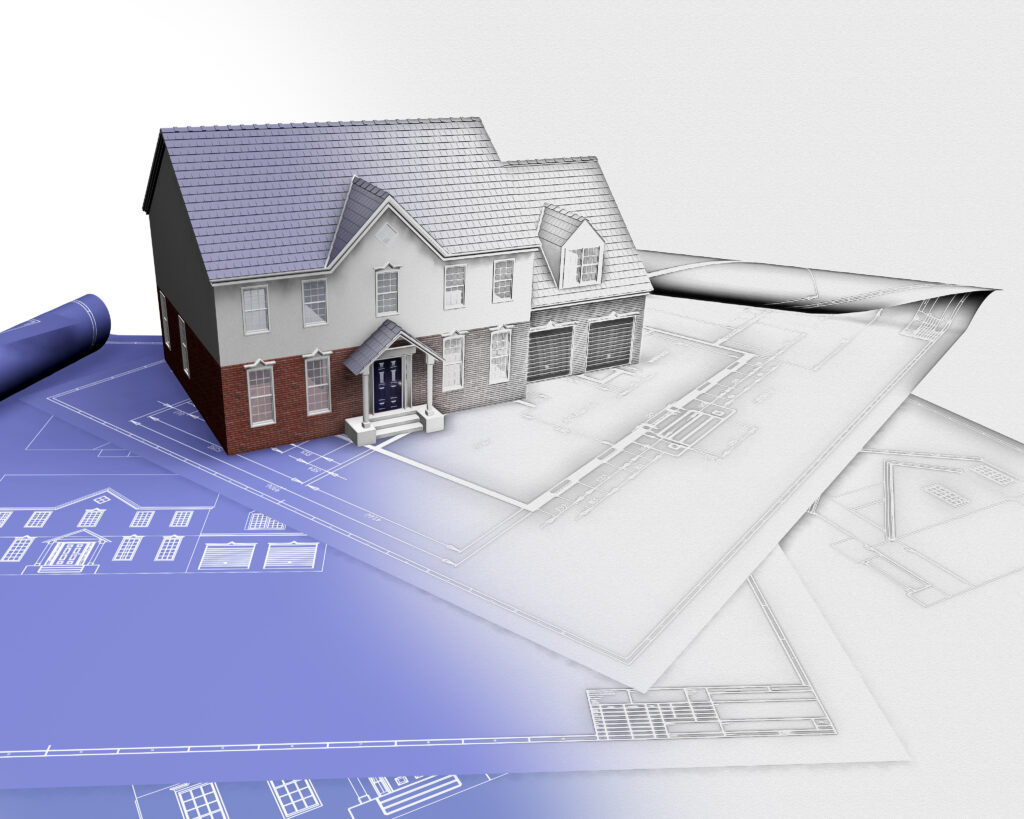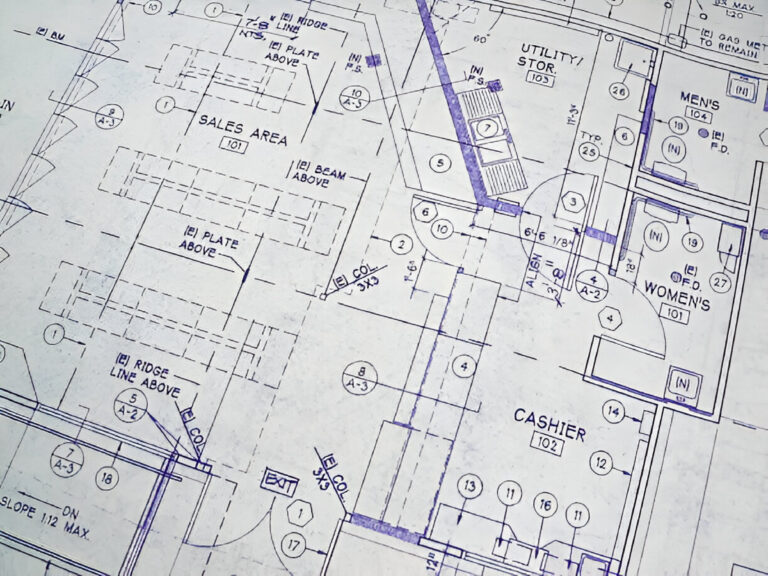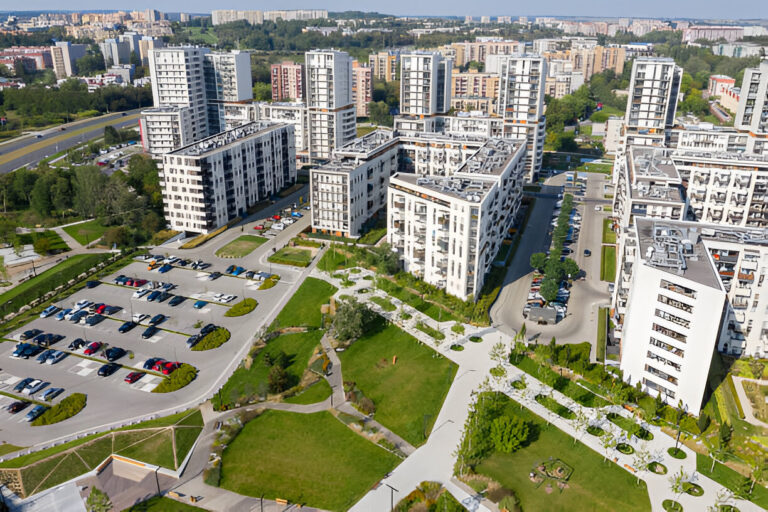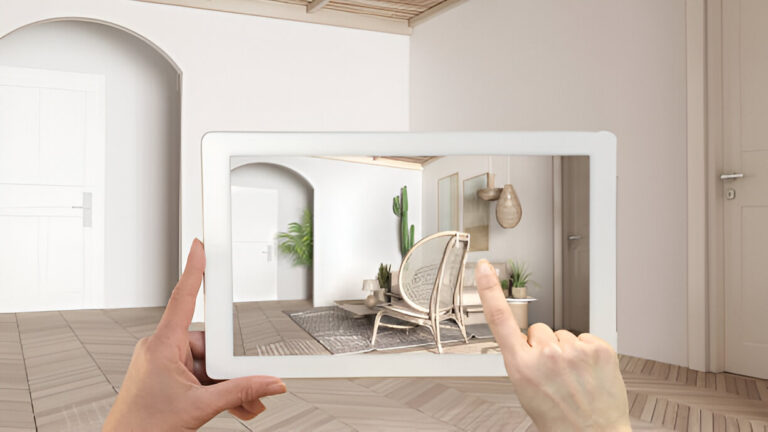Introduction
In today’s era of bespoke construction, 3D architectural renderings have become an indispensable tool in the world of custom home design. These visualisations are not just transforming how architects and clients interact but are also redefining the planning and building process.
The Revolution of Visual Communication

At the heart of custom home design lies the client’s vision. Previously, conveying this vision from a blueprint alone was a challenging task. Now, 3D rendering services offer a bridge between architects’ technical skills and clients’ imaginations. By presenting a vivid, realistic portrayal of the final product before the first stone is laid, these renderings prevent misunderstandings and align expectations, ensuring that every design element is exactly as envisaged.
Enhancing Design Accuracy and Efficiency
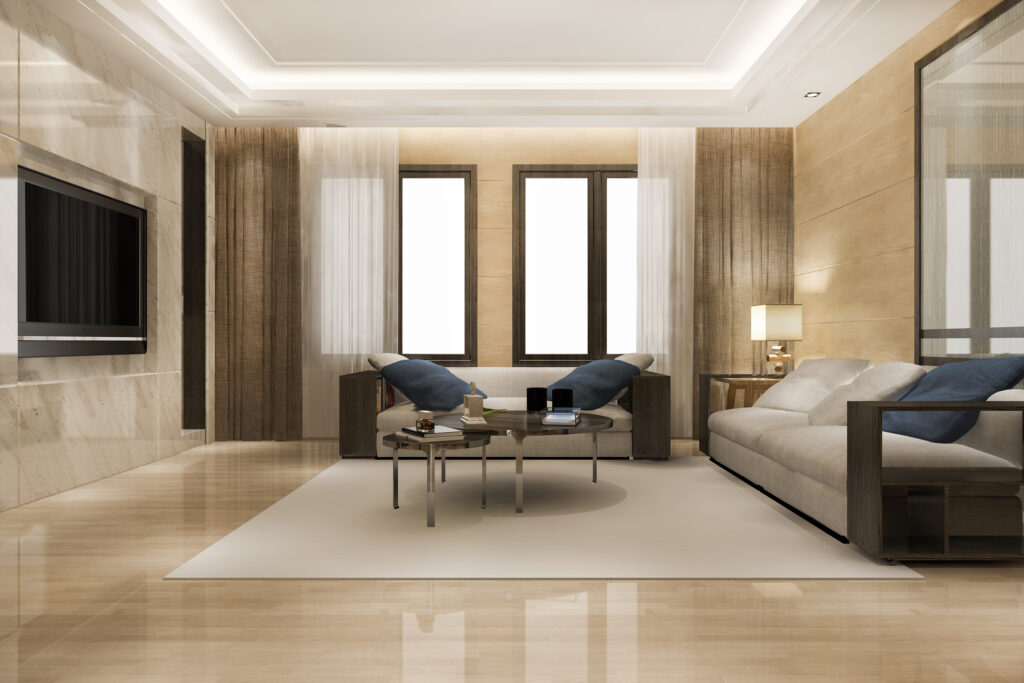
The accuracy provided by 3D architectural renderings is unparalleled. They allow for a meticulous examination of every aspect of home design, from the placement of windows to the flow of spaces. This not only enhances the efficiency of the design process but also reduces costly errors during construction. Design teams can alter textures, colours, and materials with just a few clicks, providing clients with multiple options and flexibility that were previously unimaginable.
Influencing Client Decisions and Satisfaction

For many homeowners, visualising the end product from 2D plans can be a leap too far. This is where interior rendering steps in, offering a detailed view of internal spaces. It allows clients to see exactly how different elements come together within their future homes—from lighting effects to furniture layouts—increasing their confidence in their decisions and ultimately, their satisfaction with the final outcome. Read this blog for more information 5 Reasons Architects Should Embrace 3D Modeling Technology
The Role of Room Rendering in Personalisation
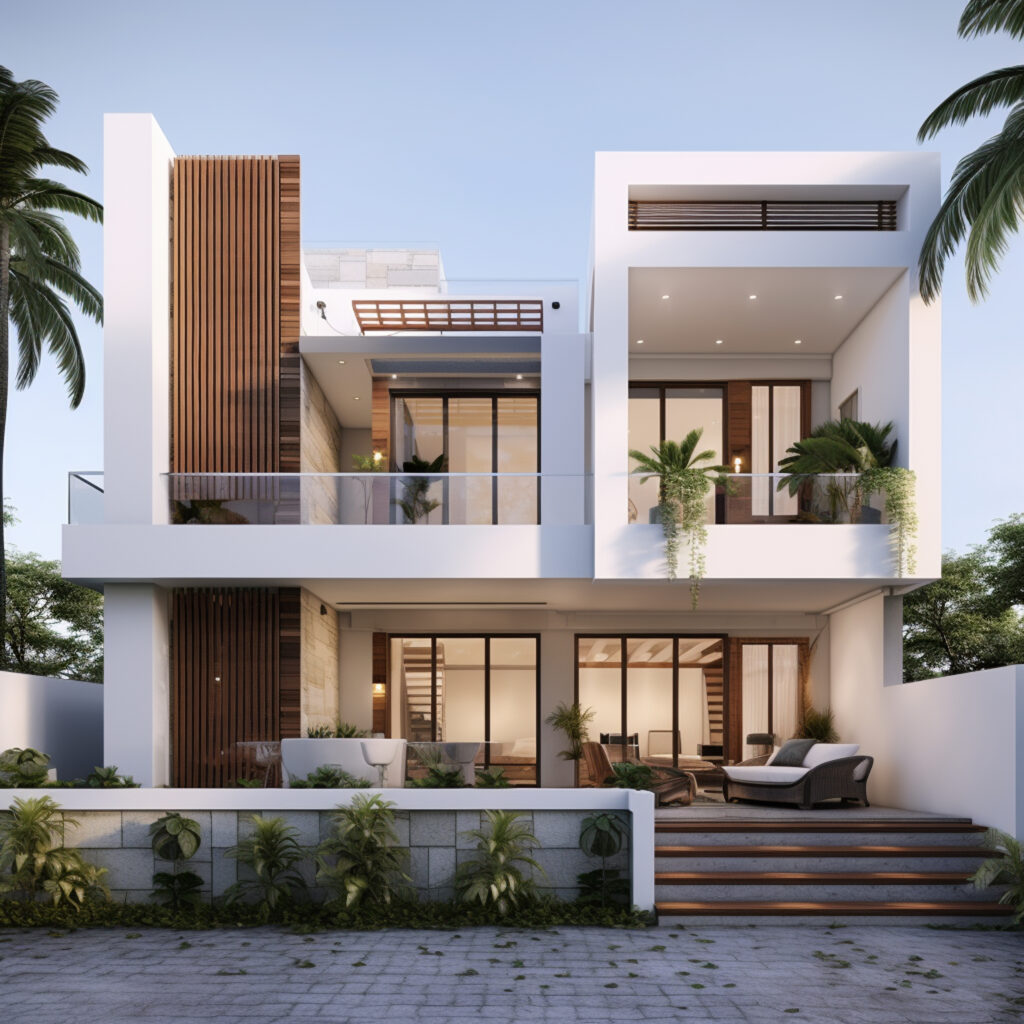
Custom home design is all about personalisation, and room rendering plays a crucial role in this. By providing 3D visuals of individual rooms, designers can work closely with clients to tailor each area to their specific needs and tastes. Whether it’s the kitchen or the living room, clients can experiment with different styles and configurations, making informed choices that reflect their lifestyle and preferences.
The Future is Now

As technology advances, the use of 3D architectural renderings in custom home design is set to grow even further. With virtual reality, clients can now step into their future homes and experience the space in a fully immersive environment. This not only enhances client engagement but also pushes the boundaries of custom home design to new levels.
In conclusion, 3D architectural renderings are much more than just sophisticated tools for visualisation. They are transformative elements that enhance communication, improve accuracy, influence client decisions, and personalise the home design experience. As we look towards the future, these renderings will continue to play a critical role in shaping the dreams of bespoke home buyers, making them a reality in the most efficient and effective manner possible.
Frequently Asked Questions
1. What is 3D architectural rendering?
3D architectural rendering is the process of creating three-dimensional digital models of architectural designs. These models provide a realistic visual representation of what a finished project will look like.
2. How does 3D rendering help in custom home design?
3D rendering helps clients and architects visualise the final appearance of a home before construction begins, allowing for adjustments in design, materials, and colours to ensure the end result matches the client’s vision.
3. Can changes be made after seeing a 3D rendering?
Yes, one of the major benefits of 3D rendering is the ability to make changes to the design easily. Adjustments can be made to the model to reflect changes in materials, layouts, and other aspects without the physical and financial constraints of real-world changes.
4. Is 3D rendering expensive?
The cost of 3D rendering varies depending on the complexity of the project and the detail required. However, investing in rendering can ultimately save money by reducing the need for physical modifications during construction.
5. Can changes be made once a rendering is completed?
Yes, modifications can be made to renderings at any stage, allowing for flexibility and ensuring satisfaction with the final output.
6. What do I need to provide to start a rendering project?
We require detailed information such as floor plans, material specifications, and design preferences to begin a rendering project.
7. How much do 3D rendering services cost?
Costs depend on the project’s scope and detail level. We provide tailored quotes based on your specific needs and requirements.
